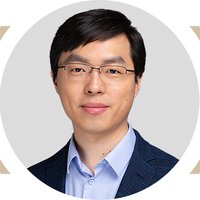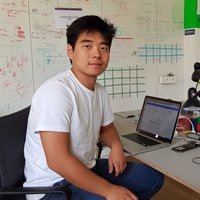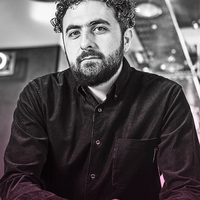Artificial intelligence & robotics
Pingzhong Tang
Applying theoretical design to the real world, he creates tremendous social benefits and impact

China
Zhongyuan Wang
He is constructing the world’s largest food and entertainment knowledge graph to help people eat better and live better

Europe
Paul Duan
His NGO uses big data and AI to solve the world’s problems and become the 'United Nations of technology'

Global
Mustafa Suleyman
Working to alleviate human suffering through AI.

Global
Julian Schrittwieser
AlphaGo beat the world’s best Go player. He helped engineer the program that whipped AlphaGo.
